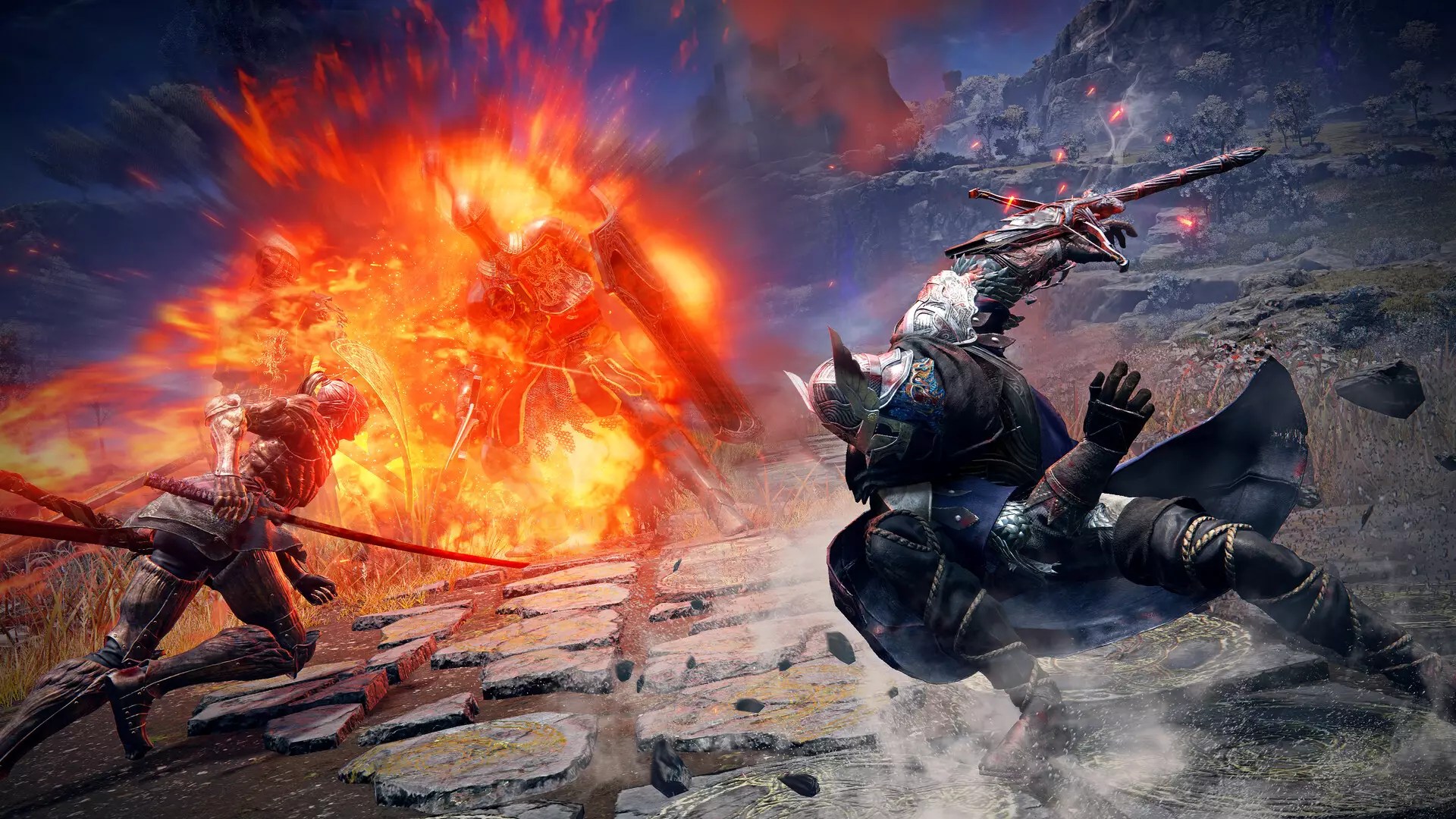The gaming community holds FromSoftware in high regard, often celebrating the intricate worlds and challenging gameplay the studio is known for. However, the initial response to their latest title, Elden Ring Nightreign, reflects a seismic shift in player receptivity. With user reviews falling to a mediocre ‘Mostly Positive’ rating of just 73%, one cannot help but question whether the developer has lost touch with what made their earlier works preciously revered. This rating marks a considerable drop compared to the acclaim of previous FromSoftware titles, plunging to the depths of previously low-rated content like Dark Souls 3’s Ashes of Ariandel DLC and even older projects like Ninja Blade.
Dissecting the Discontent
Player feedback tends to converge around a few glaring issues, illuminating a broader discord between developer intentions and player expectations. The absence of duo support stands at the forefront of complaints; players lament the lack of cooperative gameplay options, which limit the possibility of shared adventures—an appealing feature in both Dark Souls and Elden Ring. Instead of fostering community within the game, players have felt somewhat isolated. FromSoftware has acknowledged this oversight, promising potential updates, yet impatience is already bubbling among the fanbase.
Adding to this unrest is a glaring oversight in ultrawide display support. In an era where the gaming landscape is increasingly graphics-oriented, limiting players to a 60fps frame rate appears antiquated, especially for a title that aims to innovate within the genre. In 2025, gamers expect adaptability, and the lack thereof feels like an anchor weighing down what could otherwise be a flight into new realms of gaming experience.
An Interface in Need of Refinement
Poor keyboard support also looms large as a common gripe. While players with controllers vocally defend their experience, the frustrations of those who favor traditional keyboard and mouse setups remain palpable. When a significant portion of a game’s player base can’t engage with its mechanics smoothly, it raises questions about the level of accessibility that FromSoftware intends to provide. Is it fair to alienate keyboard players, or is this an oversight in the grand design of Nightreign? The disparity in input experiences speaks volumes about the game’s design decisions, marking a critical area where FromSoftware could improve.
Finding a Niche in a Fan-Favorite Franchise
Despite this chorus of complaints, it’s essential to note that not every player shares the sentiments echoing from the review section. Some enthusiastic participants are championing Nightreign for its complexity and challenges, suggesting it may cater more to a niche audience than its predecessors; those who dare to grapple with its steep learning curve might find rewards that others cannot see. Yet, with such a robust library of previous titles to compare, can the new game truly flourish within an established franchise if it continues to alienate parts of its player base?
As developers scramble to understand the varied opinions surfacing, it becomes evident that the disparity between player expectations and reality may shape the future of Elden Ring Nightreign. While early feedback indicates room for growth, it remains to be seen whether FromSoftware will rise to the occasion or continue down a contentious path among its ardent community.


Leave a Reply